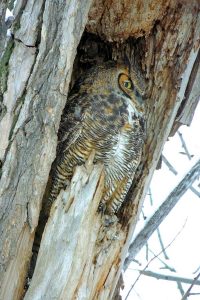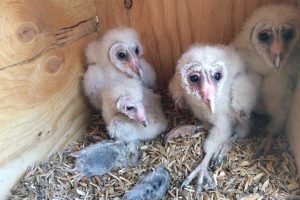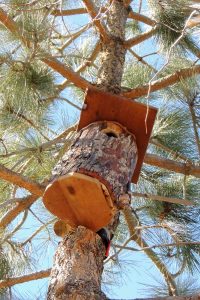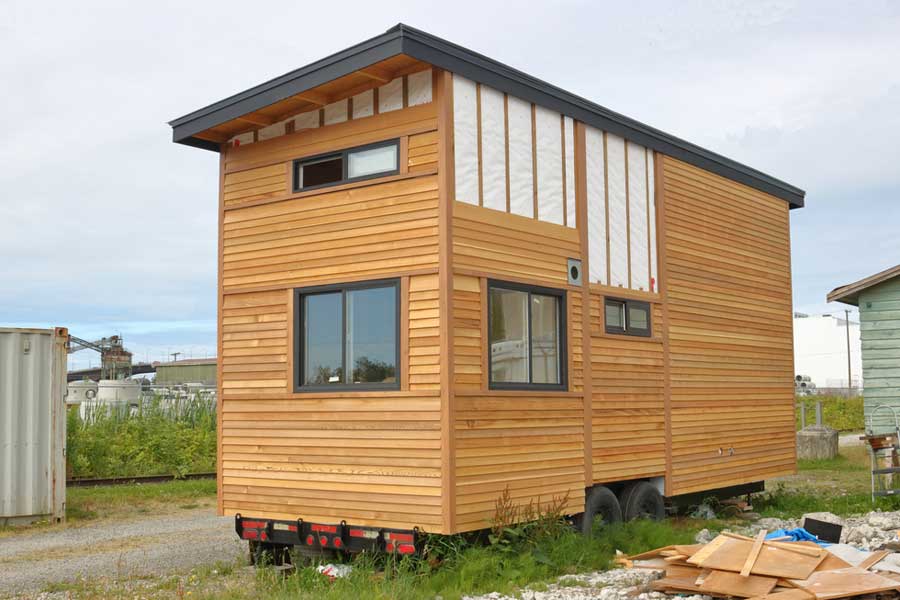Local Owls: Something to Give a Hoot About
03 Dec 2017
Winter is the perfect time to mount an owl box
Boulder County’s owl population ranges from the tiny 6-inch flammulated owl (birds are measured from the tip of the beak to the tail) to the 2-foot-tall great horned owl. In between are owls of all sizes: screech, burrowing, northern pygmy, short eared, long eared, barn, boreal, northern saw-whet and possibly snowy owls.

Although our local owls vary in size and habitat, they all have one thing in common: homelessness. “An owl’s talons and beak aren’t built for digging out trees,” says Steve Frye, owner of Boulder’s Wild Bird Company. “Owls don’t have the equipment to make nests.”
Instead, these crafty raptors take over others’ nests, or nest in tree crevices or burrows. Great horned owls nest in hollows and ledges, and are adept at stealing raven and osprey nests. “They’re so fierce and large, they just take over what they want, so they have an advantage over other owls,” Frye says.
So much so, in fact, that one owl could use some help from humans. “The barn owl has suffered because of the presence of great horned owls, who prey on them,” Frye explains. “Putting up an owl box would help that population.”
Barn owl boxes are easy to build, and instructions can be found online at www.scvas.org/pdf/cbrp/BuildingBarnOwlBoxes.pdf. Other owls also nest in boxes, particularly screech owls, which need nearby access to water. Barn owls get all the water they need from their prey, and like to hunt in open fields and meadows typical in the eastern county. “Lots of folks there have inactive silos that would be the perfect place to mount a barn owl box,” Frye notes. True to their name, barn owls also nest in barns, and mounting a box inside would keep the rodent population to a minimum, as barn owls eat mice, voles and gophers. A male must catch about 25 mice a night to feed himself, his mate and four owlets.
Barn owlets ready for a mice meal. (Photo by Scott Rashid/Colorado Avian Research and Rehabilitation Institute)

—by Carol Brock












